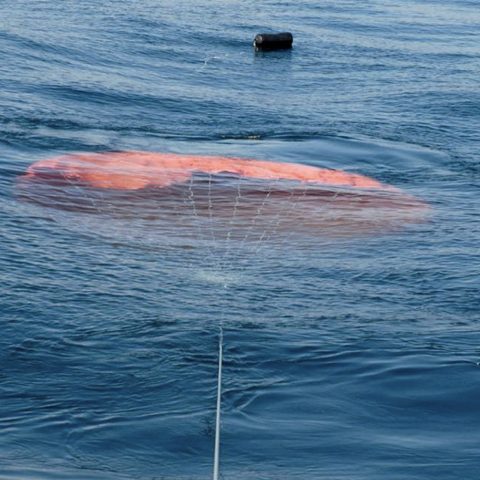I’m renaming this new series. Instead of ‘Managing Transitions,’ I want to call it ‘Navigating Transitions.’
‘Navigating’ is a more accurate label for the behavior required. ‘Managing’ implies that the things being managed are under your control. But often, during transitions, you are not in control of things, you are only in control of yourself.
Have you ever sailed a sailboat?
I don’t have anything against motorboats. They have their place, especially when the Coast Guard is rescuing you and your father from his sailboat. But sailing is different than motoring.
When you sail, you must be aware of and work with existing conditions, much more so than when motoring. You’ve got to know the wind direction and speed, the currents, high and low tide. You can’t ignore these things, not if you want to get somewhere. You need to know your boat and your equipment.
Boats have anchors and most people know about those. Anchors work when the distance to a firm underwater surface is less than three-quarters the length of your anchor line.
But what do you do when you’re out in the ocean, miles above any anchorable surface, and a squall comes? What do you do then?
You deploy your sea anchor.
Sea anchors are generally less well known. If you know about them, my apologies, because I want to talk about them. I believe squalls and sea anchors are a fitting metaphor for our times.
A sea anchor looks something like a parachute, but with a hole at the top in addition to the opening at the bottom. According to Wikipedia, it is ‘a device that is streamed from a boat in heavy weather. Its purpose is to stabilize the vessel and to limit progress through the water.’

I’d say the last part differently. It’s not about limiting progress, because progress in the desired direction is a good thing. It’s about limiting being driven off course.
I do like the description, ‘heavy weather.’ Isn’t that what we are in now? I think a pandemic and economic fragility and demands to bring an end to systemic racism add up to heavy weather.
And doesn’t it feel as if those familiar things we depended on to anchor us—kids going to school, adults going to the office, grocery shopping without worrying about touching the produce or breathing someone else’s air—those things are no longer there to ground us?
How will we keep ourselves from being blown off course—or worse—from being sunk?
We use our sea anchors.
Sea anchors allow the storm to pass through while holding the boat somewhat in place.
The fabric of my sea anchor is woven from:
- meditation
- walking outside and paying attention
- a belief that my life matters
- reading encouraging words
- the love of my friends
What about you?
What makes up your sea anchor? And is your sea anchor out of its bag and in the water, so it can hold you steady in the storm?
Chewing the Cud of Good

Thankful for the community of writers with me, via Zoom, as I type this: Leslie, Dana, Krista, Cathy, Elizabeth, Jill, Graciella, Johne, Maria, Sally, Owen. I think they are part of my sea anchor.